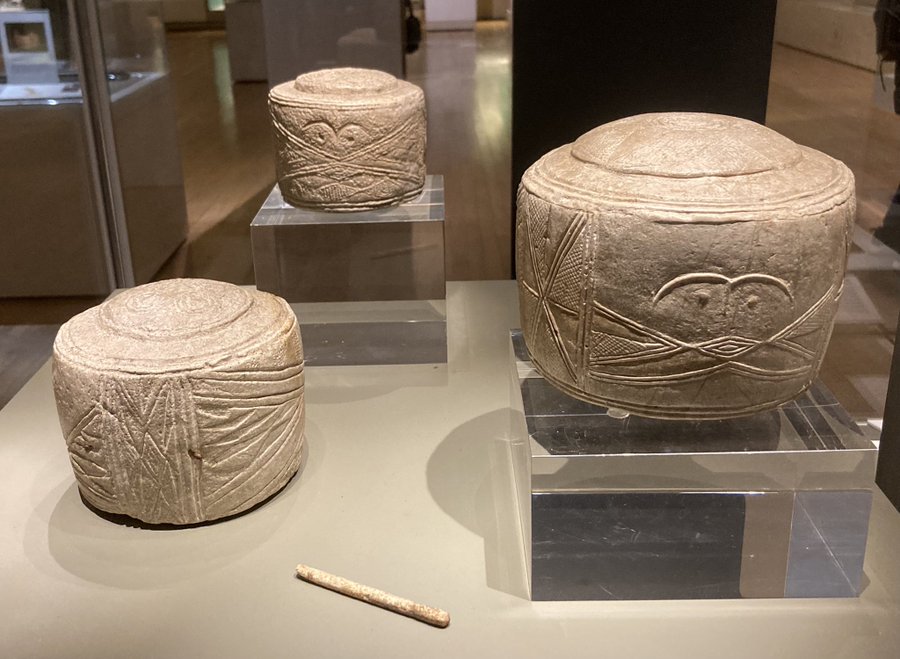The public Indyweb is eminently designed as a public space for holding deep, continuous, asynchronous conversations with provenance. That is, if the partcipant consents to public conversation, ideas can be publicly tracked. Whoever reads your public ideas can be traced.and this paper trail is immutably stored, allowing anyone to see the evolution of ideas in real time.
In theory, this does away with the need for patents and copyrights, as all ideas are traceable to the contributors and each contribution is also known. This allows for the system to embed crowdsourced microfunding, supporting the best (upvoted) ideas to surface.
Participants in the public Indyweb ecosystem are called Indyviduals and each has their own private data hub called an Indyhub. Since Indyweb is interpersonal computing, each person is the center of their indyweb universe. Through the discoverability built into the Indyweb, anything of immediate salience is surfaced to your private hub. No applications can use your data unless you give exact permission on which data to use and how it shall be used. Each user sets the condition for their data usage. Instead of a user's data stored in silos of servers all over the web as is current practice, any data you generate, in conversation, media or data files is immediately accessible on your own Indyhub.
Indyweb supports symmathesy, the exchange of ideas based on an appropriate epistemological model that reflects how human INTERbeings learn as a dynamic interplay between individual and collective learning.
Furthermore, all data that participants choose to share is immutably stored on content addressable web3 storage forever. It is not concentrated on any server but the data is stored on the entire IPFS network:
"IPFS works through content adddressibility. It is a peer-to-peer (p2p) storage network. Content is accessible through peers located anywhere in the world, that might relay information, store it, or do both. IPFS knows how to find what you ask for using its content address rather than its location.
There are three fundamental principles to understanding IPFS:
Unique identification via content addressing
Content linking via directed acyclic graphs (DAGs)
Content discovery via distributed hash tables (DHTs)"
(Source: https://docs.ipfs.io/concepts/how-ipfs-works/)
The privacy, scalability, discoverability, public immutability and provenance of the public Indyweb makes it ideal for supporting hyperconversations that emerge tomorrows collectively emergent solutions. It is based on the principles of thought augmentation developed by computer industry pioneers such as Doug Englebart and Ted Nelson who many decades earlier in their prescience foresaw the need for computing tools to augment thought and provide the ability to form Network Improvement Communities (NIC) to solve a new generation of complex human challenges.
